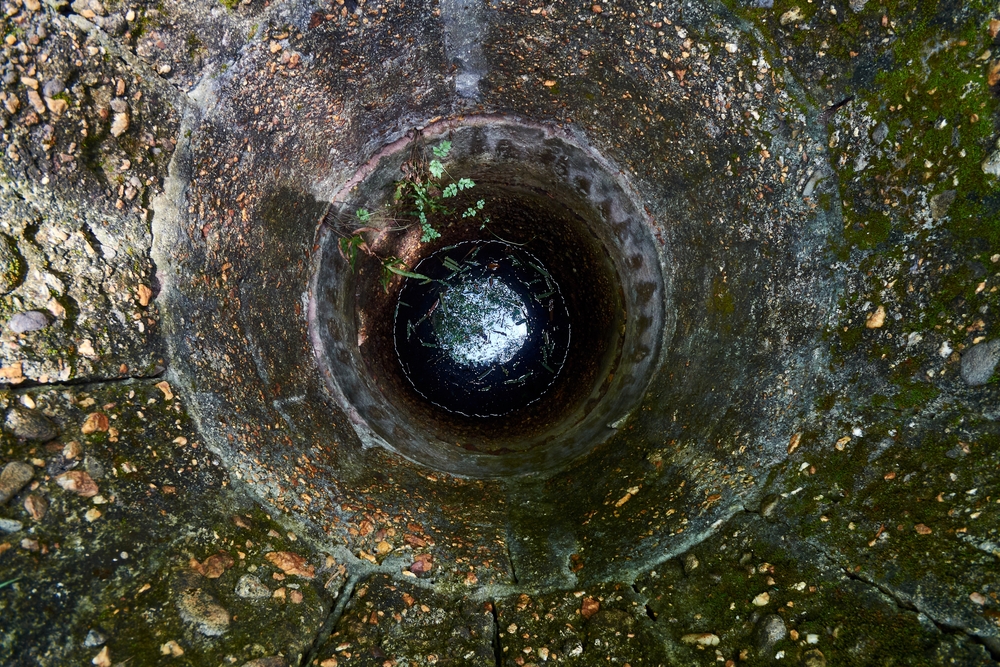Drilling Deep: How Far Have We Gone Under Earth’s Crust?
Posted on Categories Discover Magazine

When Jules Verne published Journey to the Center of the Earth in 1864, multiple unsubstantiated hollow Earth theories were alive and well, speculating about what might exist deep beneath our feet.
That’s because, by many measures, we know less about Earth’s interior than we know about outer space. Still, we can confidently say it is dense and made up of multiple compact layers that humans have failed to reach, despite multiple attempts.
Various operations have set out to drill the deepest hole on Earth. Even after penetrating through many miles of our planet’s outer crust, none of them have reached the mantle or the other layers buried beneath it.
But they’ve dug up some valuable samples and findings.
A Basic Understanding of Earth’s Layers
Earth is made up of four or five layers (depending on how you define them) stacked on top of one another, sort of like a candy-covered apple.
Not unlike the sticky carnival treat, some of these layers are hard and crunchy while others are soft and gooey based on their unique ingredients and temperatures.
(Credit: Naeblys/Shutterstock)
These five layers have been described as follows, starting from the outer surface:
-
The crust — which is the only layer humans have encountered — is rich in basalt and granite, ranging between three and 40-some miles thick.
-
The upper mantle below that is made up of peridotite and spans 217 miles.
-
The lower mantle, a mix of silica and some iron, is the biggest layer at approximately 1,550 miles thick.
-
The outer core, made up of liquid iron, is estimated at 1,367 miles thick.
-
The inner core is composed of solid iron, with a thickness of 746 miles.
Read More: Earth Has Been Hiding a Fifth Layer in Its Inner Core
Discovering a Hidden Layer?
As of this April, a new study in Science Advances has also suggested an ancient ocean floor might surround Earth’s core below the lower mantle.
This was based on seismic data translated into a high-res image of Earth’s interior.
Because we have never penetrated below the outer crust — or, the candy coating on our apple metaphor — most of what we know or speculate about Earth’s layers is based on seismic activity and earthquakes, volcanic eruptions (which project deep-Earth elements to the surface), and meteorites.
Thus, researchers want to physically dig deeper into these layers and extract samples.
Read More: How We Know What’s Deep Inside the Earth, Despite Never Traveling There
New China Drilling Project
In June 2023, a team in China launched an ambitious operation to dig one of the deepest holes on Earth for scientific research.
The goal, according to The Guardian, is to drill nearly seven miles into the Earth’s crust, through roughly a dozen continental strata, and reach ancient rocks dating back 145 million years.
If the crew accomplishes the feat, it will become the deepest borehole in China, but still fall short of the deepest human-made hole on our planet.
That title belongs to the Kola Superdeep Borehole in Russia.
Deepest Hole in the World
The Kola undertaking began in 1970 on its namesake peninsula in northwest Russia (known as the Soviet Union at the time).
Researchers aimed to extract rock samples and gain an understanding of deep geology and how ore deposits form.
The resulting hole, or the most successful one out of several in the operation, became known as SG-3. It reached its final depth of approximately 7.6 miles in 1990, making it the deepest human-made hole on Earth.
This record still holds today, years after the Kola Superdeep Borehole operation was retired and shut down.
Underwater Dig Extracts Mantle Rock
Late this spring, an ocean drilling expedition announced a different first-of-its-kind achievement for science: extracting rock samples from the Earth’s mantle.
Technically speaking, though, the team did not drill into the Earth’s mantle, nor was its hole nearly as deep as SG-3 or the target depth for the prospective hole in China.
Instead the team targeted a “tectonic window” in the ocean where the Earth’s crust is unusually thin and rocks from the mantle have been pushed closer to the surface.
Early this June, the elated crew announced they acquired multiple substantial core samples that are dominated by peridotite, the type of rock defining the mantle.
Debates and questions have promptly ensued about how closely these samples resemble the mantle (as opposed to the lower crust), and whether they have been altered by their exposure to seawater.
Detailed studies and analyses on the specimens are just now beginning, with high hopes of addressing deeper questions about the mysterious world below the surface of our planet.
Read More: Earth’s Inner Core Is Growing Lopsided